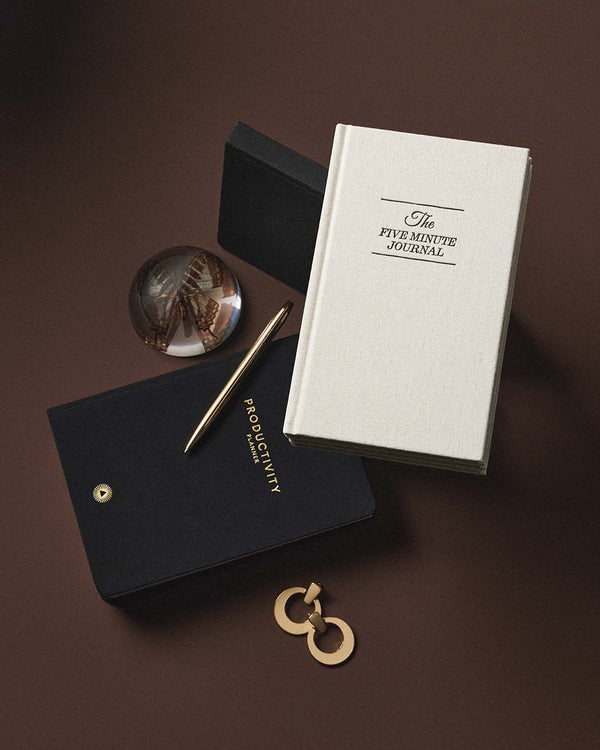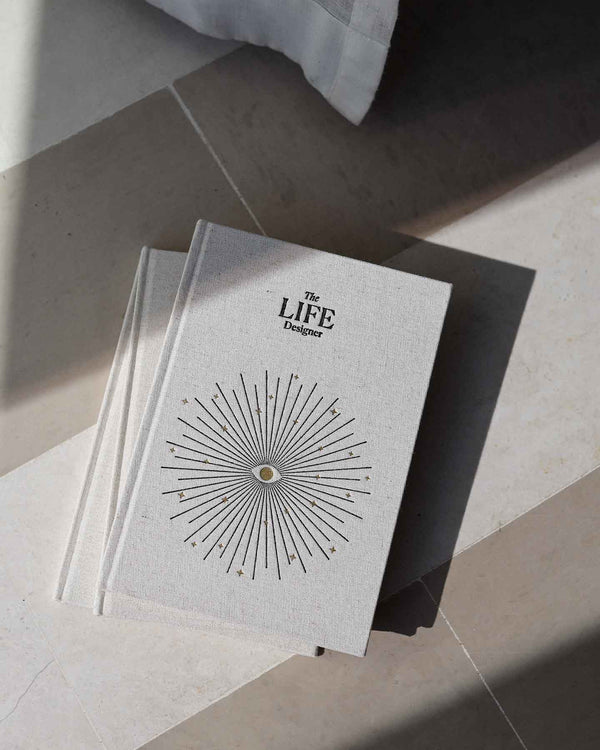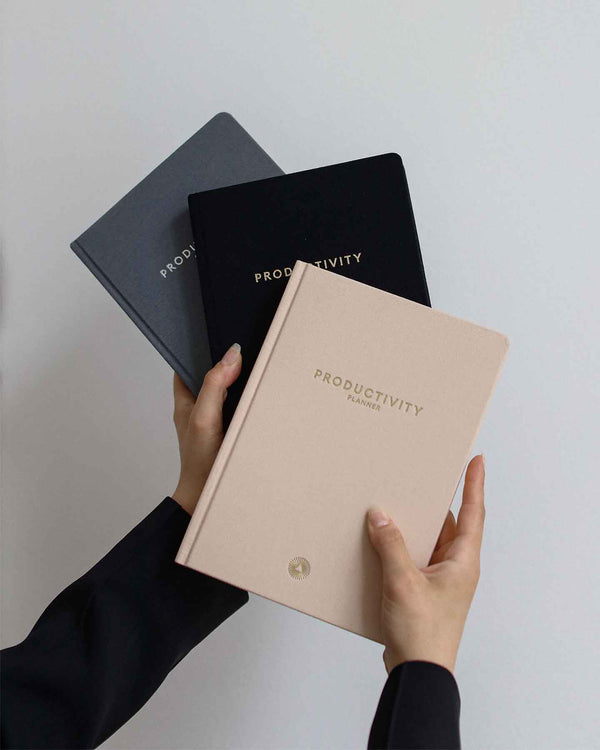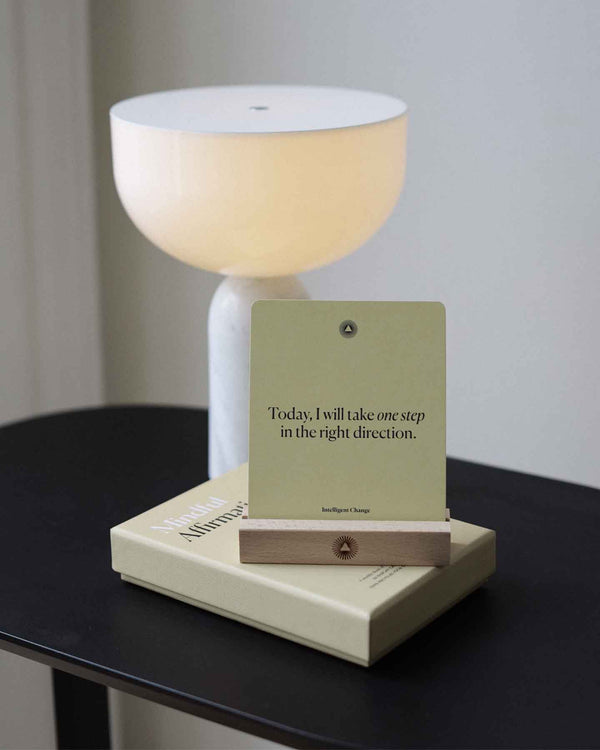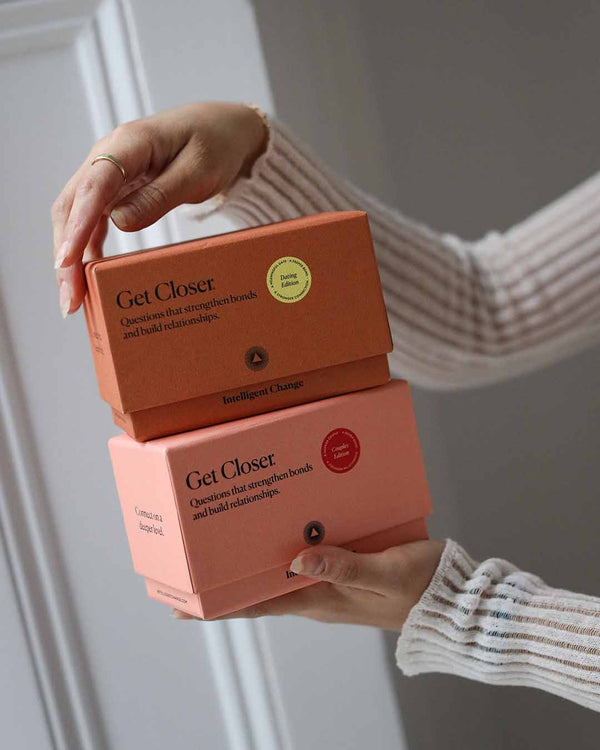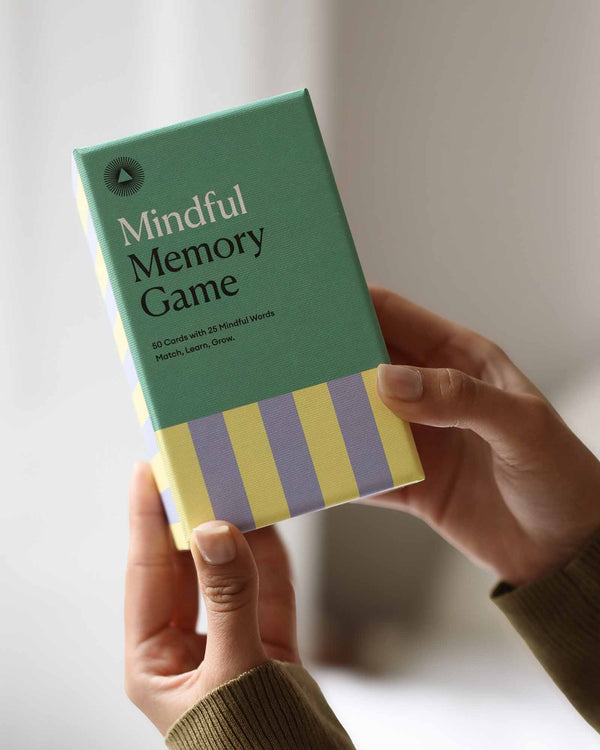Vision Boards: How Do They Work?
by Natalie Theodosi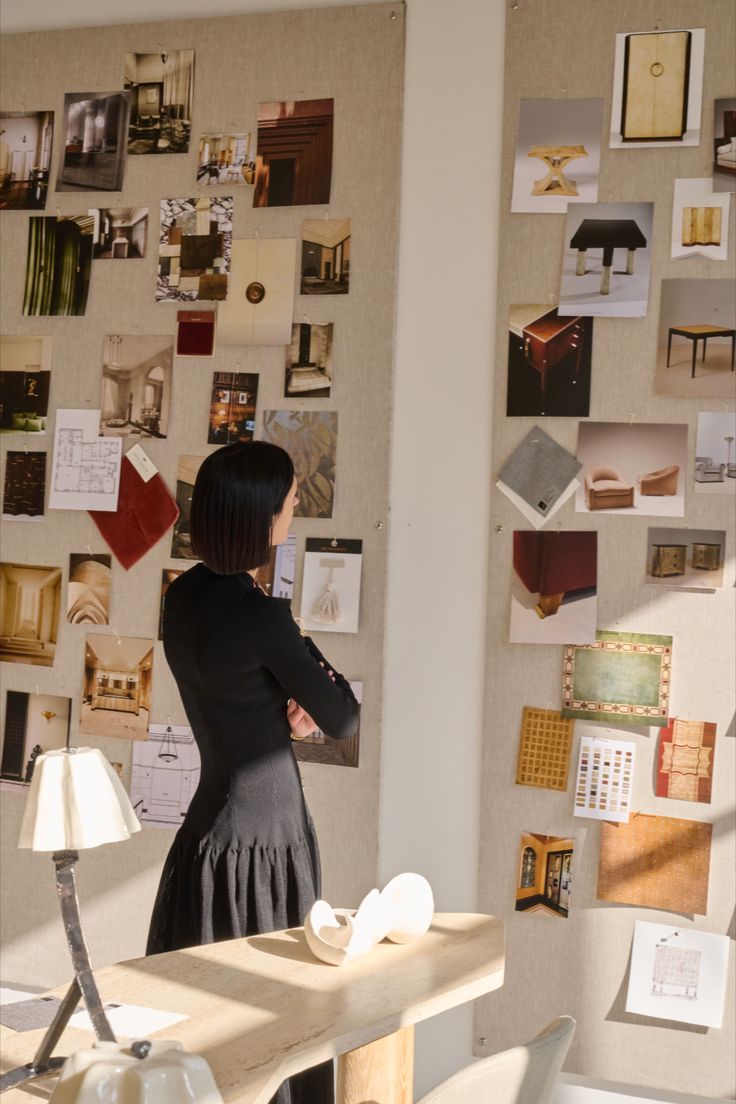
It would be so easy to dismiss vision boards as cheesy, silly, or superfluous. How would sticking a picture of a dollar sign, a beautiful home, or a fit body get me the financial abundance, the fabulous apartment, or physique I dream of? Those things just happen for people who are luckier, better-looking, and more confident than me.
This is how approaching the concept of vision boards—or any form of goal setting for that matter—from a scarcity or victim mindset works. Believing that big goals or dreams are just that, abstract ideas in your head, and that there’s nothing you could really do for them to materialize—certainly not a collage.
To one extent or the other, we all have those thoughts. But then again, we are so much more than our thoughts and we’re always presented with a choice: get consumed by those toxic musings in our heads or make an effort to rise above them and pursue an intelligent, conscious lifestyle on our own terms.
Living intelligently means taking control. Having a strong, growth mindset, feeling confident and achieving your goals—no matter how big or small isn’t something reserved for the lucky few but for anyone willing to do the work. And this kind of work involves plenty of self-reflection and confronting some of your deepest insecurities, using tools such as journaling, daily spiritual practices (including gratitude), smart planning, and goal-setting.
These are all science-backed methods proven to train your brain to adopt a positive mindset, grasp opportunity, and turn dreams into a tangible reality. Vision boards can be a powerful part of this success equation.
So what is a vision board?
As the name suggests, it’s a board with different pictures that capture your vision of a dream life. If your goal is life by the sea, you can add pictures of your dream beach house or happy people hanging out under a parasol. If you dream of a music career, you can fill your vision board with images of some of the performers you look up to. Or, if you plan to start your own business or change your job, you can add that in, too.
The list is endless and the process simple: all you need is a plain piece of cardboard, scissors, glue, and some old magazines to get your pictures from. Alternatively, you can also print inspirational pictures and words, phrases you saved from social platforms like Instagram or Pinterest.
The key is to lay out all your dreams and aspirations onto this blank piece of paper, board, or canvas: everything you want to experience, the mottos you want to live by, the kind of relationships you want to have, the places you want to visit.
Tips on creating your vision board
Go analogue
It might seem easier to opt for a digital alternative, take some screenshots, and quickly add them to a Pinterest board online, but the effect in your subconscious mind just isn’t the same as when you’ve spent a few hours creating a board with your hands, searching for the right references, and putting everything together.
Divide your board in different sections
Choose categories such as career, health, relationships, and lifestyle. The latter can span everything from travel, to daily rituals, fitness, places you dream of visiting, and experiences you dream of having. This will give you a structure to work with and make visualising every part of your dream life much easier.
Consider creating two boards
If you are in a relationship, you can create one personal vision board and another one that outlines your and your partner’s joint life vision. This type of approach ensures that you are keeping your sovereignty and sense of self, with your own goals to work towards. At the same time, you are also aligning your values and dreams with your partner and making necessary time to think about what life together looks like—which could mean anything from living in a hut in Bali and running an online business, or buying a cottage in the British countryside, and raising your children.
Save or display your dreams
When you’re done, just roll it up and leave it in a safe space like the back of your closet or display it where you can see it. Alternatively, you can hang around some pieces of your vision board that speak most to you. Remember, you don’t need to look at your board every day: you’ve set the intention and it’s now time to surrender. You need to trust that as long as you are putting in the work and believing that everything illustrated on the board is possible, it will come to you.
Use intelligent tools to make that happen
Once you’ve crystallized your vision for your future life, putting in the hard work is the only way forward. To keep yourself in check, delve deeper into your goals by using the Best Year Journal. Your vision board will help you get a clear picture of what you want your future to look like, and you can then outline those goals in more detail in your Best Year Journal, identify practical, doable steps for working towards each goal, and use the weekly and monthly check-ins to track your progress.
Having this clear annual strategy with you–be it the Best Year Journal or your own notepad where you keep track of your goals–will make you more intentional and mindful with every single of your decisions and steps; and more clear with where you are now, and where you want to go.
So How Does it Work?
Ultimately, a vision board is a blank canvas from which you can design every aspect of your life. It’s powerful because it encourages you to translate all your intangible thoughts and ideas about what a dream life would look like into the three-dimensional reality.
“It’s a white canvas to create your life. Once you have it all on paper it makes you reflect on your life and see more clearly what you want,” says Mimi Ikonn, co-founder of Intelligent Change and a firm believer in the power of vision boards.
Before starting her first business, Luxy Hair, Mimi created a vision board that outlined her dreams to own a business; live in London; be in a loving relationship; have great relationships with herself, her family and friends; and do something she loves every day.
“When I looked back at that vision board after a year or two, I gasped because I realised that at that time about 70 percent of what was on the vision board came true. If I look at it now, 95 percent came true and the rest are things I no longer want to have in my life. It’s really fascinating how vision boards work. You can be skeptical about it but just make one anyway. If it doesn’t work, it doesn’t work—but at least you’ll know you tried,” she advises.
Science backs this way of thinking, too. According to a study in Psychology Today, a mental practice can sometimes be as effective as a physical practice: when analysing the brain patterns in weightlifters, the study found that the patterns activated when they lifted hundreds of pounds were similarly activated when they only imagined lifting. Simply put, visualisation works in putting you in the right mental state—and a vision board is the ultimate visual stimulus.
It’s why some of the world’s most famous athletes, entrepreneurs, and public figures have been using vision boarding for years.
“If you don’t have it written down, if you don’t have a vision board, your chances of making it are reduced drastically. It’s one of the principles of success. Everything I’ve ever gotten in life, I’ve written. What’s on my vision board now is astronomical and guess what I’m going to get all of it,” said the actor and TV presenter Steve Harvey.
It ultimately comes down to taking control of your life and designing a reality that represents your values, deepest desires, and dreams, rather than just letting life happen to you.




